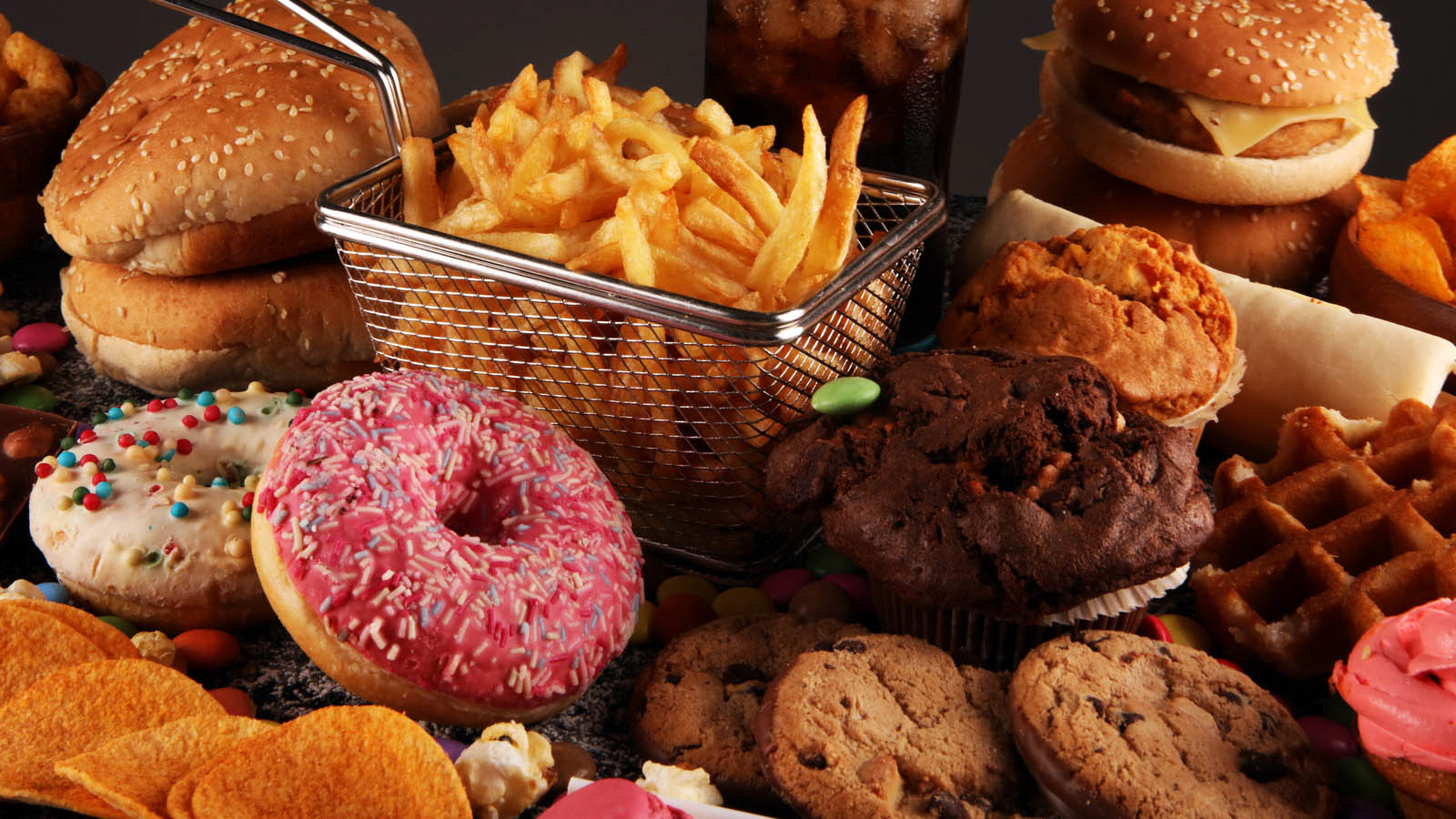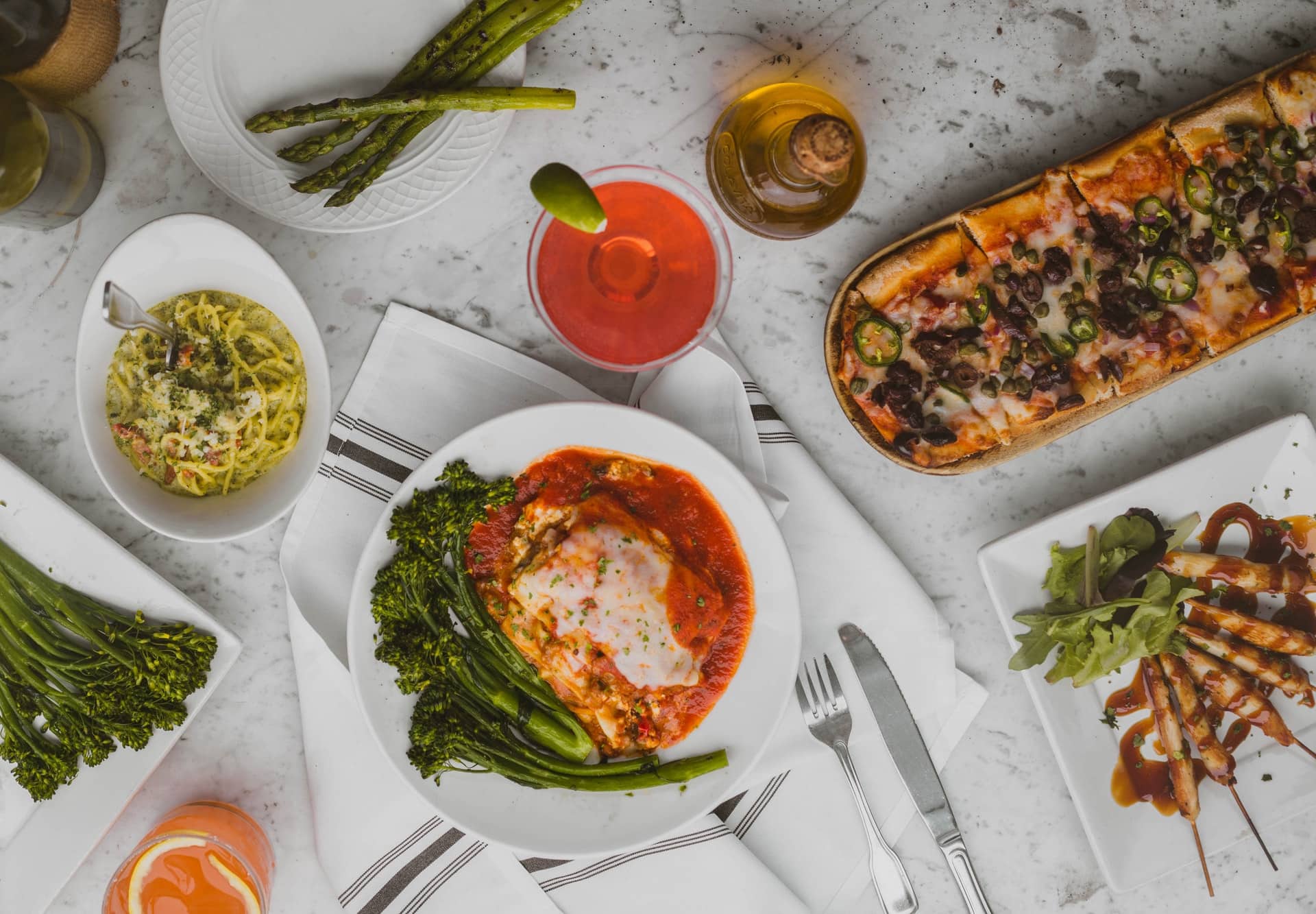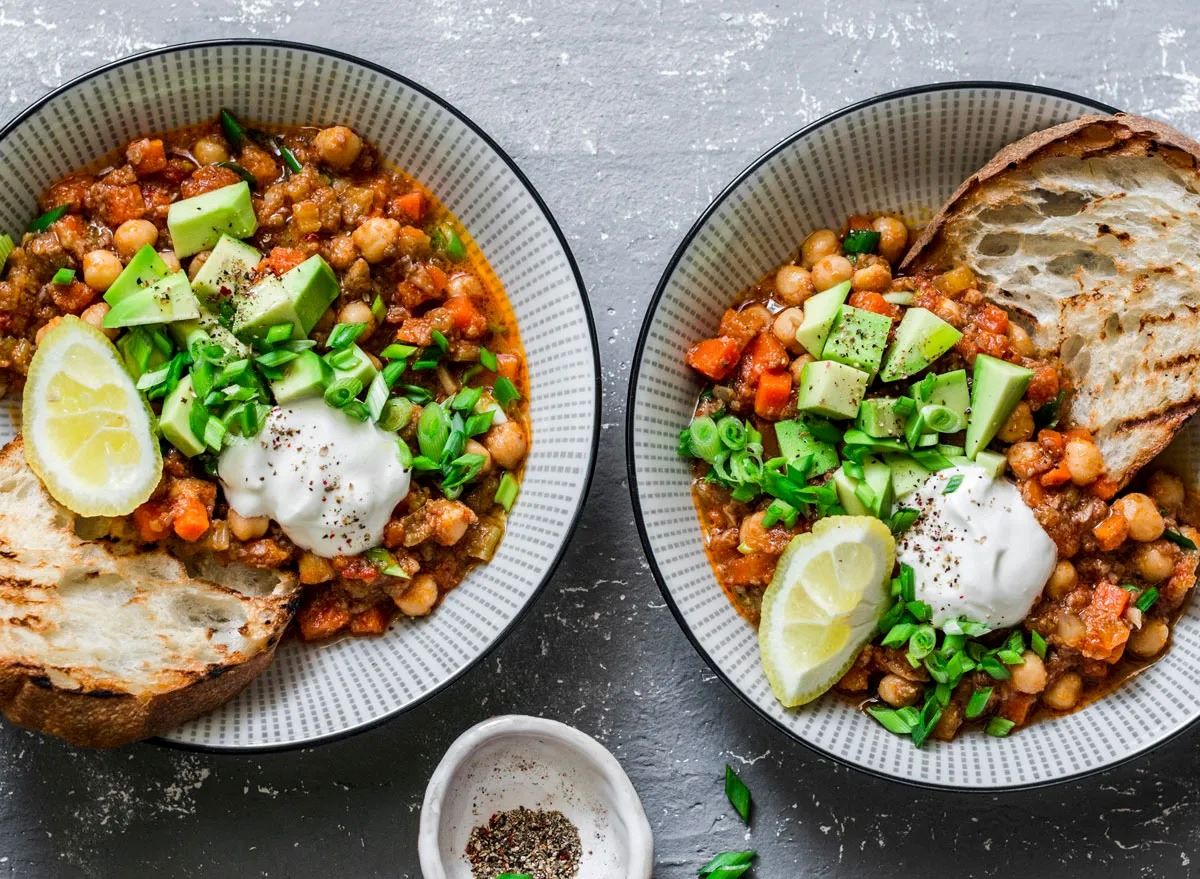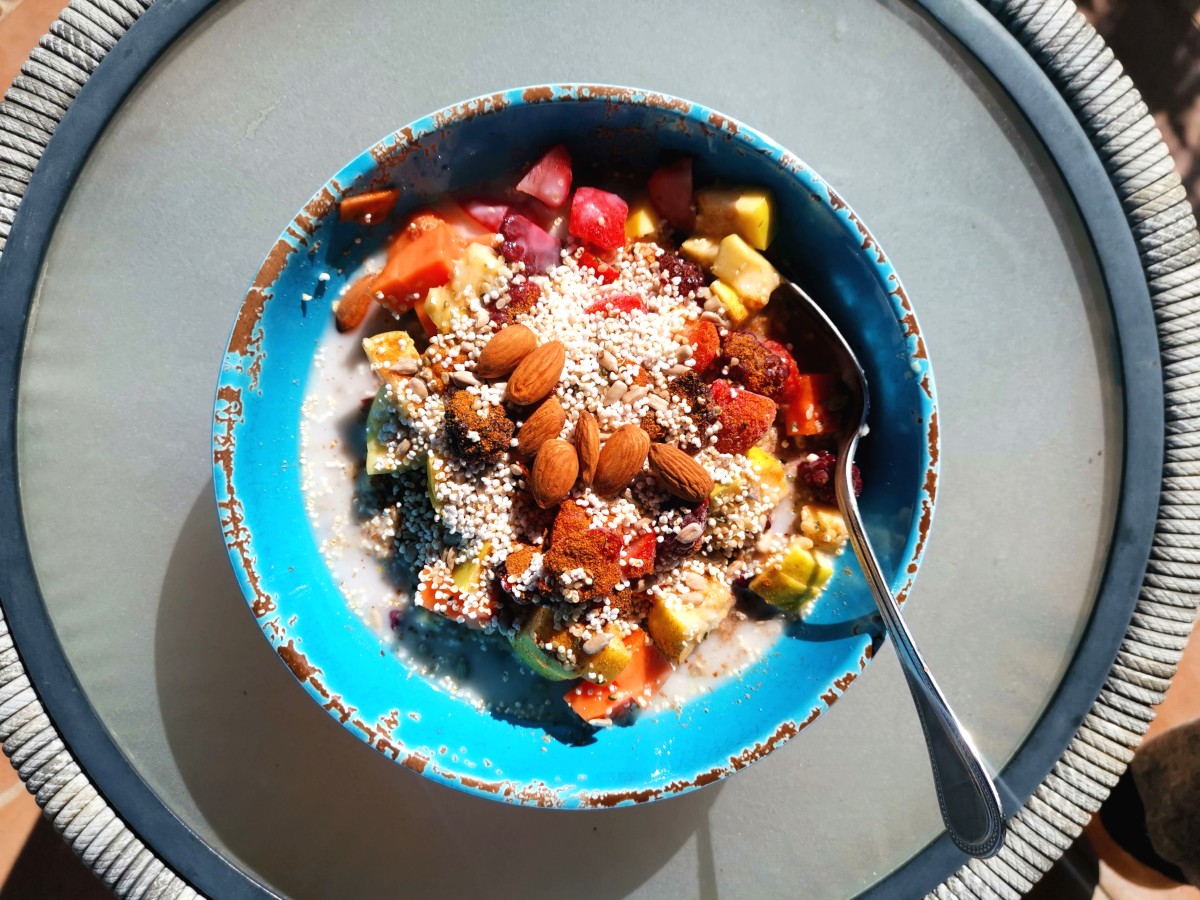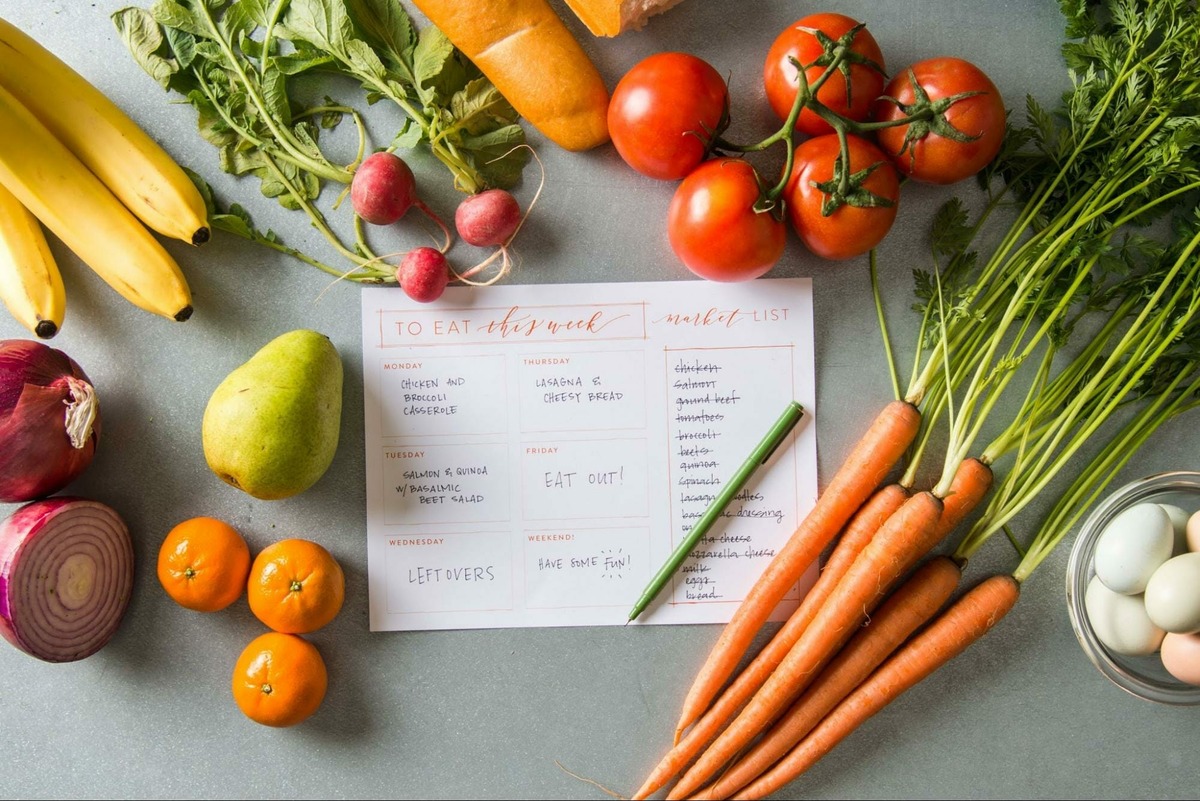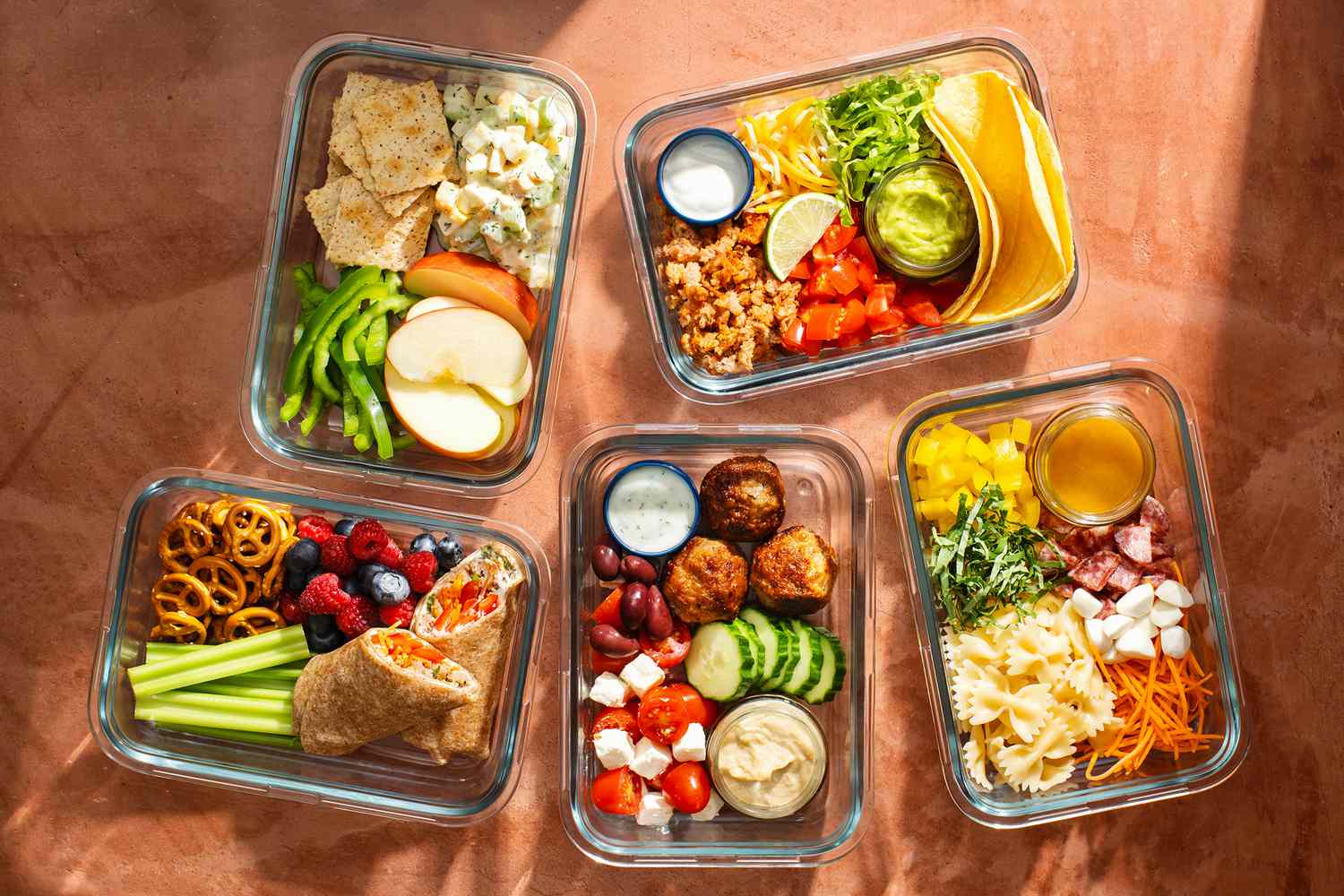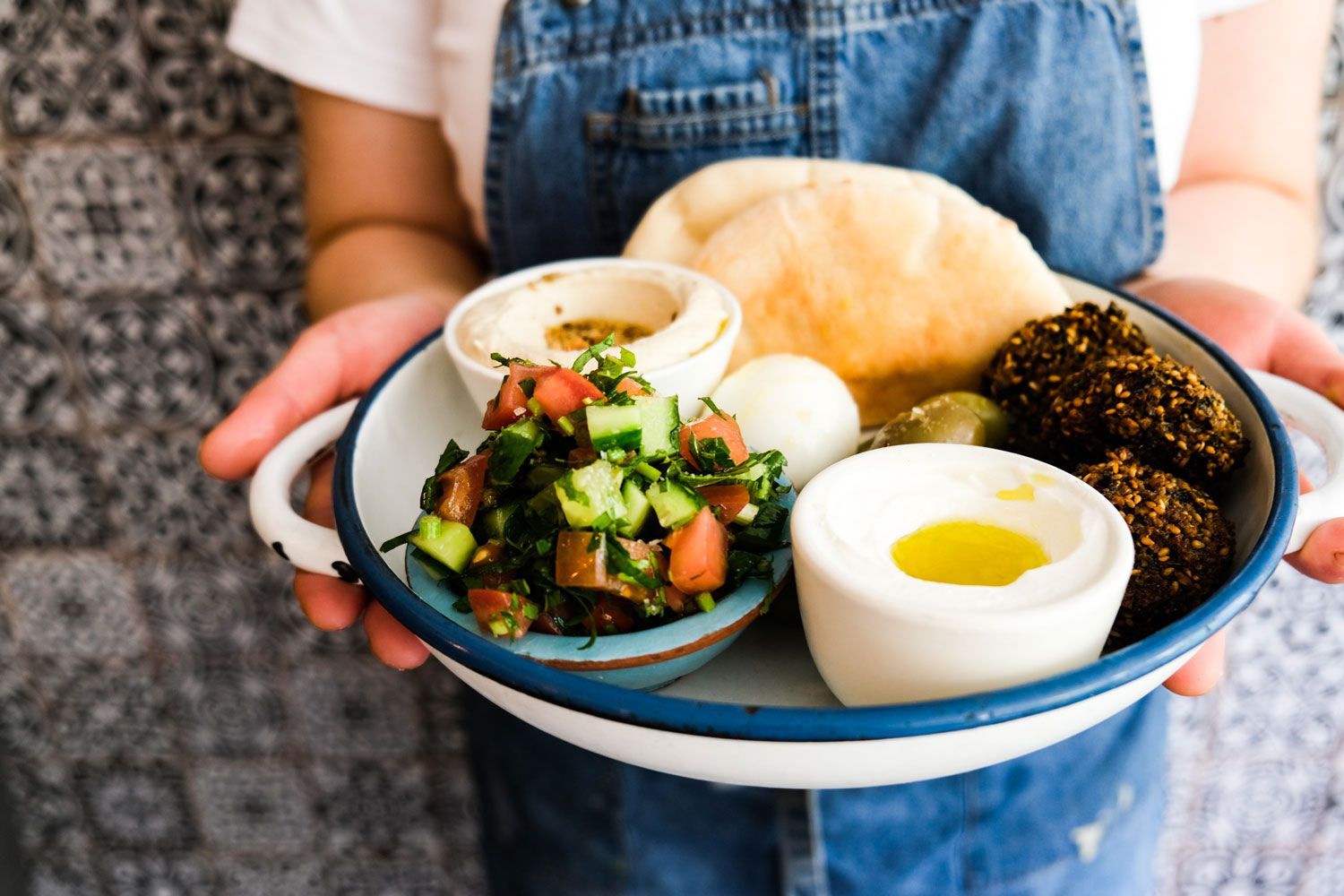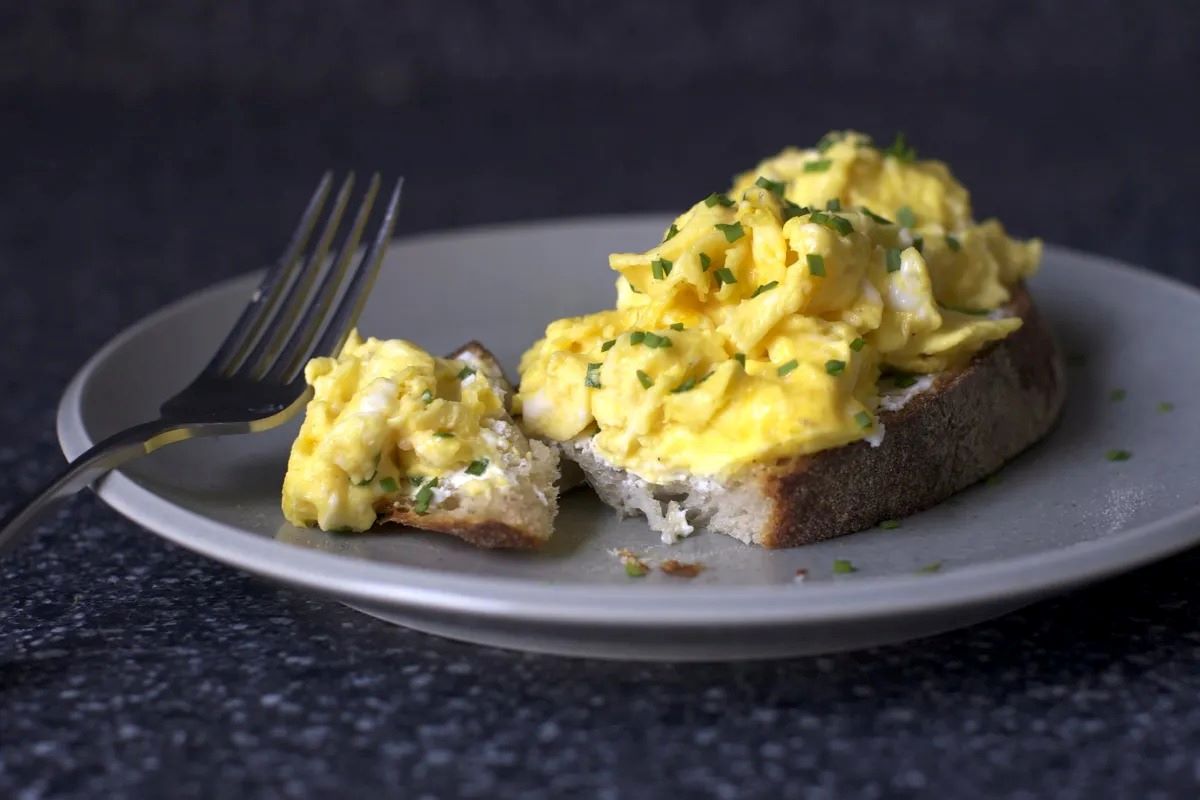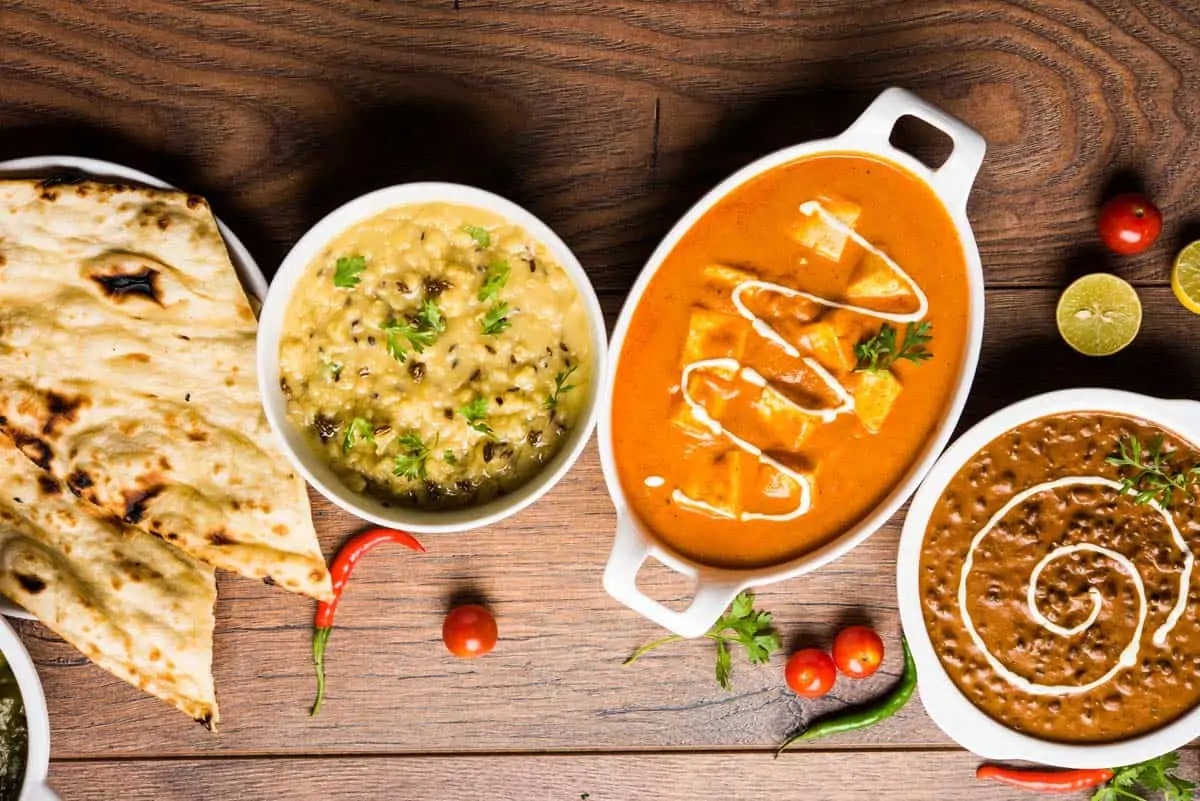How to Get Your Protein Fix Without Breaking the Bank
Protein is an essential part of a healthy diet, but it doesn’t have to break the bank. If you’re looking to increase your protein intake without relying on expensive meat products, there are plenty of affordable and delicious options to consider. Here are some tips on how to eat lots of protein cheaply without meat:
1. Incorporate Beans and Legumes
Beans and legumes are a fantastic source of protein and are incredibly budget-friendly. Whether you opt for black beans, lentils, chickpeas, or kidney beans, these versatile ingredients can be used in a wide variety of dishes, from soups and stews to salads and dips.
2. Embrace Tofu and Tempeh
Tofu and tempeh are both made from soybeans and are excellent sources of plant-based protein. Tofu can be added to stir-fries, blended into smoothies, or grilled as a meat substitute, while tempeh works well in sandwiches, wraps, and grain bowls.
3. Stock Up on Quinoa and Other Whole Grains
Quinoa, brown rice, bulgur, and other whole grains are not only rich in protein but also incredibly affordable when bought in bulk. These grains can be used as a base for hearty salads, served as a side dish, or incorporated into soups and casseroles.
4. Don’t Forget About Nuts and Seeds
Almonds, walnuts, chia seeds, and hemp seeds are all packed with protein and healthy fats. Sprinkle them on top of yogurt, oatmeal, or salads, or enjoy them as a satisfying snack on their own.
5. Explore Plant-Based Protein Powders
Plant-based protein powders, such as pea protein or hemp protein, can be an affordable way to boost your protein intake, especially if you’re active or looking to build muscle. Add a scoop to your smoothies or baked goods for an extra protein punch.
6. Get Creative with Eggs and Dairy
Eggs and dairy products like Greek yogurt and cottage cheese are all excellent sources of protein and can be incorporated into a wide range of dishes. Whether you’re whipping up a veggie-packed omelet or enjoying a creamy yogurt parfait, these ingredients are both nutritious and budget-friendly.
By incorporating these affordable and protein-packed foods into your diet, you can easily meet your protein needs without relying on expensive meat products. Whether you’re following a vegetarian or simply looking to cut down on your grocery bill, these options are sure to satisfy your taste buds and your wallet.
